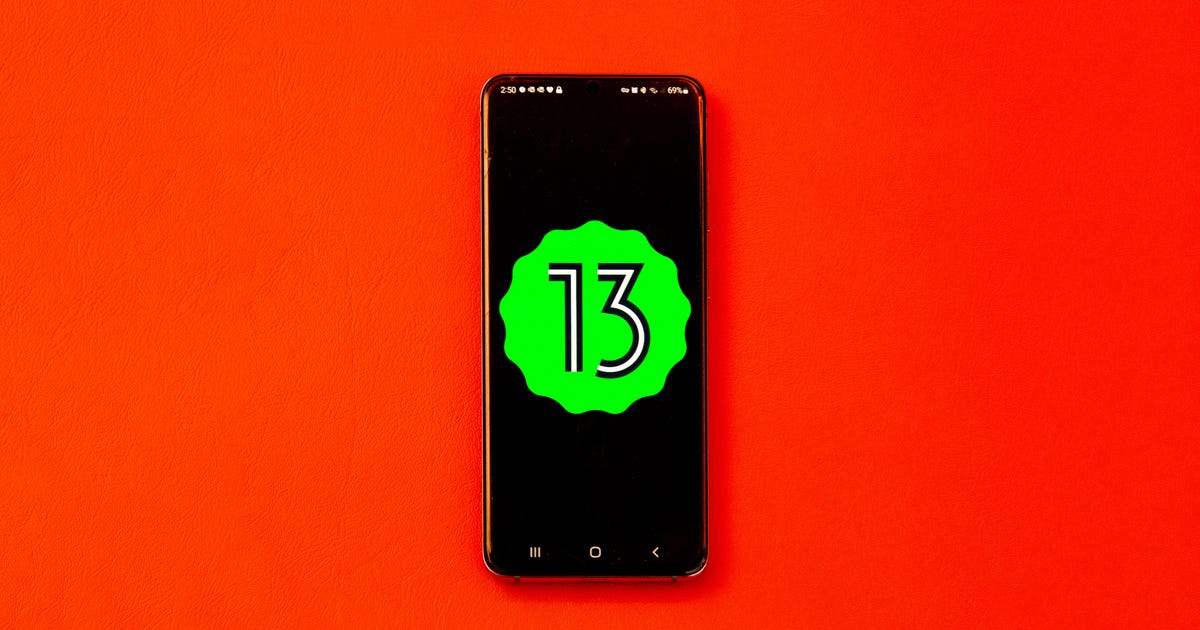
Motorola schools Android P on how to make swipe navigation good
Google's upcoming Android P software has nothing on the humble Motorola Moto Z3 Play, Moto G6 and Motorola's other phones for 2018, for one simple reason. You can swipe left to go back.
Android P, now in its third and final beta, is Google's vision of the next version of its Android operating system. This is the software that will eventually run on most Android phones around the world. Android P embraces swipe gestures over the traditional three button navigation we've seen since the very beginning of Android phones. With Android P, a slider control lets you swipe right to open your recent apps and press it once to go Home.
But if you want to go Back, you have to press a separate Back button to do so. Android P's Back button supports apps that require it, and it only appears when you can actually use it. Otherwise it doesn't show up.
This change is interesting and important because Android P will bring Android phonemakers a unified look and feel that they can riff on. Android P will also be the basis of 2018's Google Pixel phones, and of phones that run the more "pure" Android One operating system, which is about as Googly as you can get without being a Google phone.
Google's Android P swiping navigation lags behind Apple's novel iPhone X gestures by about a year. Those gestures -- added because Apple completely removed the iconic home button from the iPhone X's face to maximize screen size -- will no doubt be expanded to additional iPhone and iPad models as the iPhone X-style design moves further through Apple's line, as rumored.
Now as Google attempts to catch up to the iPhone in screen navigation and support for the notch screen design, a wave of Android phones will shift to adopt gesture navigation, too.
But while Google hammered out what it wanted to do, phonemakers like Motorola, OnePlus, Xiaomi and others have already dreamed up their own formats for gesture navigation. Motorola's option, which it calls one-handed navigation, relies on a single virtual button that has an elegance and economy of movement that Android P's software lacks.

You can swipe right on Android P, but you can't swipe left.
James Martin/CNETGesture navigation helps free screen space of unnecessary digital and physical buttons. Swiping to get around can also feel more natural and fluid than hunting for buttons.
But although Google's design works, in the strictest sense of the word, phones like the Moto Z3 Play manage to pack everything you want to do into a single onscreen slider button.
In comparison, the placement of Android P's back button on the left of the phone, next to a home button you can slide right, adds up to a clunky, asymmetrical experience.
On the Moto Z3 Play, the actions look like this:
- Short press - Home
- Long press - Launch Google Assistant
- Swipe left - Back
- Swipe right - Recent apps
Google Product Manager Allen Huang recently addressed the Android team's position on Reddit:
HOME and BACK are so central to Android navigation (both the system and the apps) - that ensuring the dependability of them via buttons with enough space led us to the current design. All that said - we really value both the aesthetic and functional appeal of a smaller nav bar / more gross-gesture navigation and are continuing to explore opportunities to bring that in.
It sounds like the Android P Back button could still get the heave-ho.
Once upon a time, Google owned Motorola. I used to credit that association with Motorola phones' long history of smart software additions. But Team Motorola, which is now owned by Lenovo, has proven it has its own ideas. It's clear that Google still has much it can learn about software from the hardware brand it once brought into its fold.
This story first posted July 31, 2018 and updated Aug 1.
Read now: Apple iOS 12 versus Google Android P: Guess who's winning now
Read next: Google: We'll officially name Android P 'soon'
Source
Tags:
- How To Open A Motorola Android Phone
- Youtube How To Program Motorola Phone
- Old School Motorola Cell Phone
- Motorola Android Developer Community
- Motorola Radios For Schools
- Motorola Powered By Android
- I Have A Motorola Android Phone
- Motorola Apps For Android
- Motorola Android Cell Phone
- Motorola Android Developer Community
- Old School Motorola Phones



